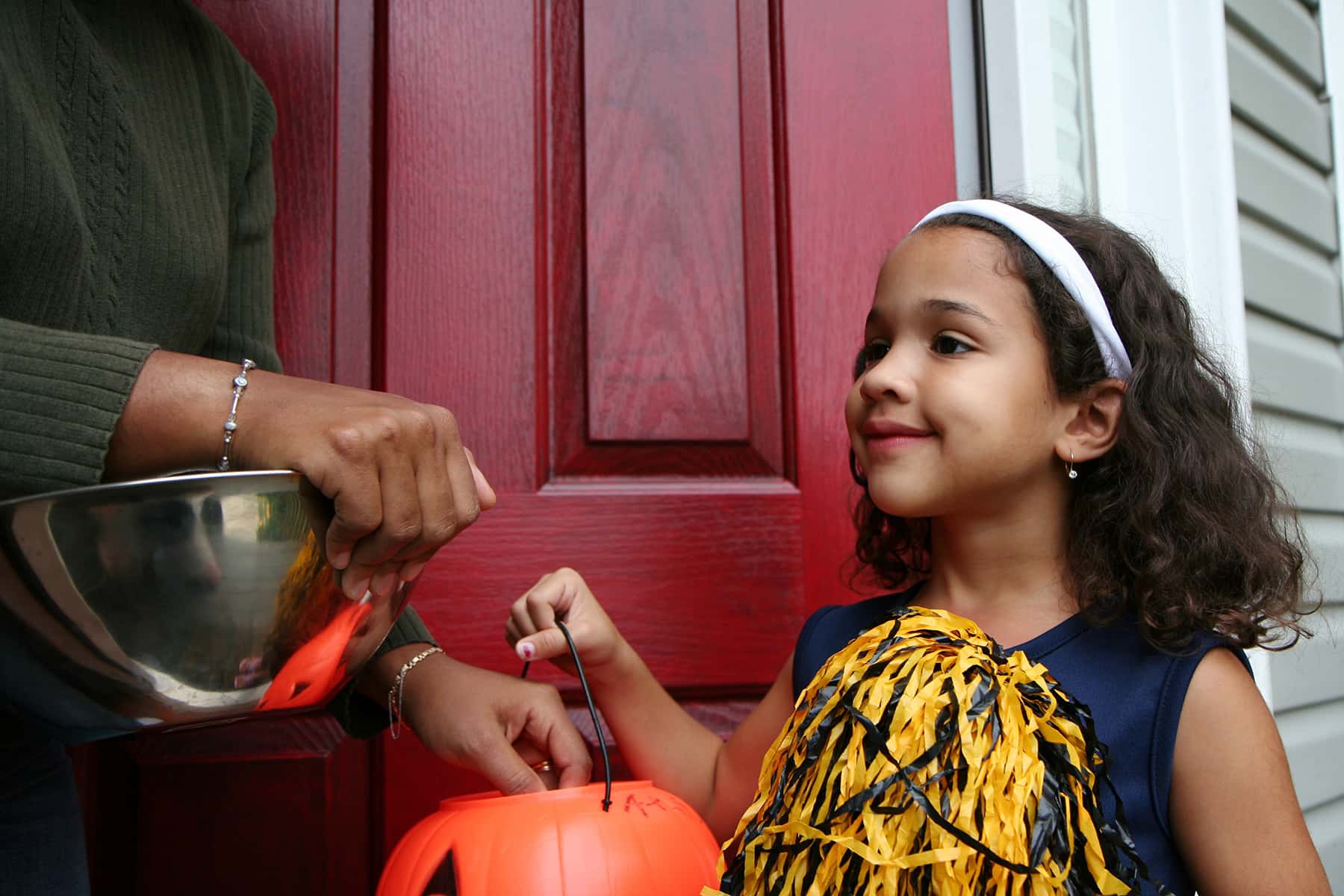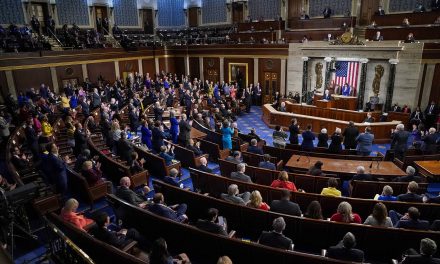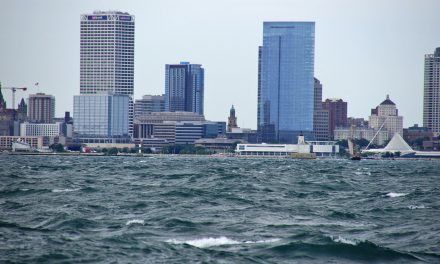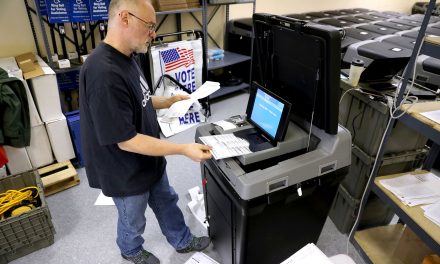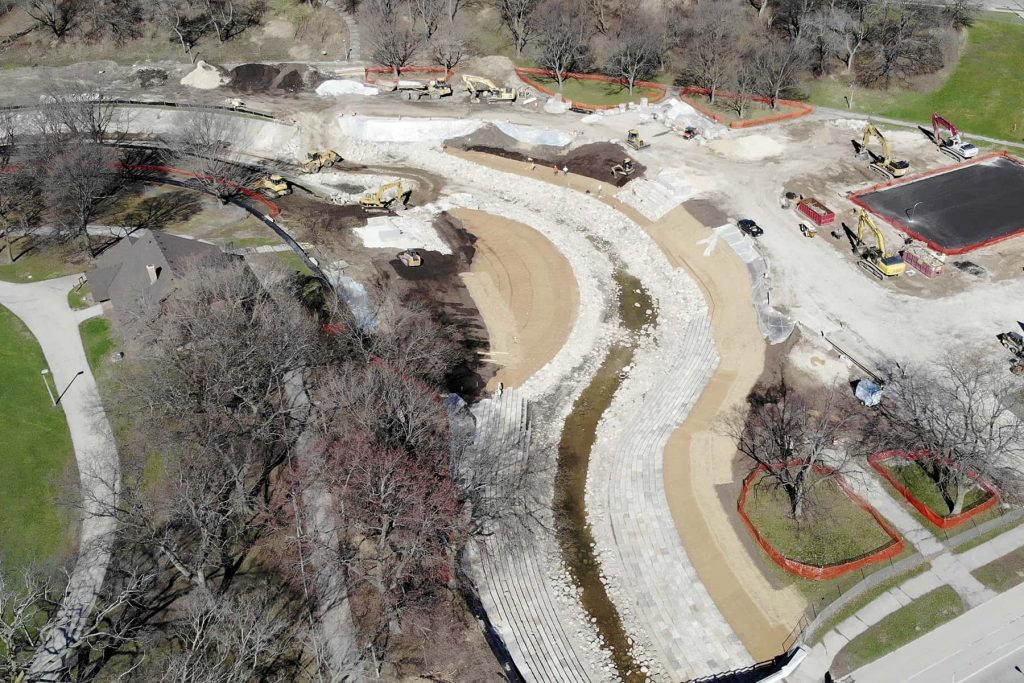
John F. Muller writes and studies philosophy in Wisconsin. He was formerly a lecturer at Harvard Law School and an attorney in Los Angeles.
Trick-or-treating in Milwaukee reflects and entrenches the city’s deep racial and economic divides. Yet for many people, including people in the predominantly white and liberal neighborhood, where front yards are dotted with signs that say, in three languages, “No matter where you are from, we’re glad you’re our neighbor” — those divides are so deep that they can become invisible.
By various metrics, Milwaukee is the most segregated metropolitan area in the country. In the city proper, blacks live almost entirely in a swath of the northwest, Latinos live primarily in a small pocket of the south, and whites live most everywhere else. The suburbs that ring the city are almost exclusively white. Given the structural inequalities behind the city’s segregation, Milwaukee has long been considered one of the most inhospitable cities in the country for African-Americans—who make up 40 percent of the city’s population, a larger percentage than whites.
These inequalities came into the national spotlight in 2016 when three days of unrest followed the fatal police shooting of a 23-year-old black man, Sylville Smith, in the northwest part of the city.
When I moved here last year, I noticed this racial divide everywhere—in the hardness of the borders between white and black areas, in the paucity of exchange between the people on different sides of those borders, in the knowing comments at house parties about “those people” on the other side of town. I saw it, too, in the most seemingly mundane of things, like the way people here celebrate Halloween.
By regulation, citywide trick-or-treating in Milwaukee takes place from 1-4 p.m. on the Sunday prior to Halloween. In the suburbs, similar daylight hours are the norm as well, at least formally. This is in lieu of trick-or-treating on the evening of Halloween itself, the standard practice in cities of Milwaukee’s size across the country.
But it is not uncommon for neighborhood associations in predominantly white and suburban areas to schedule nighttime trick-or-treating events on Saturday or on Halloween in addition to the citywide event during daylight. These events are often limited—with varying degrees of formality—to neighborhood kids and their guests.
This results in a stratified celebration of Halloween. When the citywide trick-or-treat rolls around on Sunday afternoon, many inner-city kids travel to more affluent suburbs, drawn by the promise of better candy and by streets lined with stately homes. Meanwhile, many of the kids from white neighborhoods sit out daytime trick-or-treating, taking part only in the nighttime neighborhood events.
In other words, in these white neighborhoods, mostly black and brown kids turn up to ring doorbells in daylight on Sunday, while a much whiter crowd of kids does the same in the evening on a different day altogether. The difference is literally night and day.
This is not universal. In some white neighborhoods there are no nighttime events, just the daytime trick-or-treat. And even in neighborhoods where there are nighttime events, those events tend not to encompass the entire neighborhood, but rather just a subset of it. At least one neighborhood association publicizes its nighttime event outside the neighborhood and charges admission, using proceeds to pay for candy.
Bay View has opted out of the city’s daytime trick-or-treat policy entirely, instead holding trick-or-treating at night. Bay View’s nighttime policy is well known, so people travel in to participate, and there is no parallel daytime trick-or-treating there.
But in many areas of the city, including the university-adjacent area where I live, the segregated trick-or-treating hours are obvious. Music wafts through my neighborhood during the nighttime event, and adult residents mill about, beverages in hand. When the daytime hours arrive, the music and beverages are gone. Some people sit on porches, in costume, to hand out candy, and there are a few places nearby—particularly outside the zone of the nighttime event—with elaborate decorations that attract long lines of trick-or-treaters. But many in predominantly white neighborhoods spend the afternoon on other activities, ignoring the mostly black and brown trick-or-treaters who go by, after handing out candy to neighborhood kids the night before.
If there are nighttime trick-or-treat events in predominantly nonwhite neighborhoods, they appear to be few and far between. And white kids are not traveling to those neighborhoods to trick-or-treat in significant numbers, if at all.
Beneath all this is the question that arises — often just implicitly — wherever children go door to door on Halloween: Who is considered a member of the community? This question is bigger than Milwaukee. Other cities may not have such overt geographic segregation, or such overt segregation in the timing of trick-or-treating. But race and wealth divides are pretty much everywhere. I heard stray comments about “ghetto” trick-or-treaters when I lived in Los Angeles too. Milwaukee’s unusual afternoon trick-or-treat time may just highlight dynamics that are less obvious elsewhere.
Is there a way to make this situation better? Perhaps white neighborhoods in Milwaukee could eliminate their nighttime events so that kids would all trick-or-treat at the same times, regardless of their race or where they live. Perhaps neighborhood block parties around Halloween could be just that—parties, rather than a substitute for trick-or-treating at the citywide time. But it is hard to imagine such changes occurring anytime soon, what with how entrenched the neighborhood events have become, and how well intentioned their participants perceive them to be.
If some people in Milwaukee want nighttime trick-or-treating, perhaps the city could change trick-or-treating hours to a period that includes both the late afternoon and the early evening, which would accommodate those who prefer daytime trick-or-treating as well as those who prefer nighttime trick-or-treating. A proposal has been gaining popularity to proclamation that Halloween be celebrated on a Saturday nationwide. Part of the idea, it seems, is that this would allow for trick-or-treating both during the day and at night, no longer subject to the constraints imposed by school and work during the week. But such a change would not prevent parallel trick-or-treating events from continuing to crop up.
And even if such parallel events disappeared in Milwaukee, a “service mentality”—or worse—might still creep into trick-or-treating, particularly in areas where out-of-neighborhood trick-or-treaters are common and—because of geographic segregation—readily profiled. The pernicious effects of such a “service mentality” rest, in large part, on structural inequalities across the city and the country, inequalities that the mentality—however well intentioned—tends to normalize, creating a feedback loop. And those structural inequalities, of course, show no signs of dissipating anytime soon.
Another approach, recently adopted by Detroit, would be to introduce a variety of city-sponsored events on Halloween to serve in essence as a substitute for traditional neighborhood trick-or-treating. If such events had sufficient appeal, they could draw families from across the city, regardless of race or economic background. But, of course, these kinds of events require money and planning, access to them is imperfect, and many residents may prefer the traditional practice of going door to door.
Ultimately the real issues go deeper than these sorts of solutions can hope to address, beneficial as they may be. “We know,” Jackson tells me, “that [Halloween’s] a safe time to go to the suburbs if you’re from the central city. We know that you’re not going to get harassed if you go on trick-or-treat day. If you go on some other day, then there’s a great chance you’ll be harassed or mistreated,” profiled by the police or by residents.
Neither citywide Halloween events nor trick-or-treat schedules can solve that problem.
John F. Muller
An edited version of the article originally published by Politico as In this American city, trick-or-treating highlights and entrenches deep racial and economic divides.

